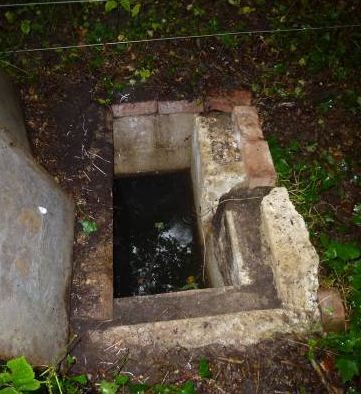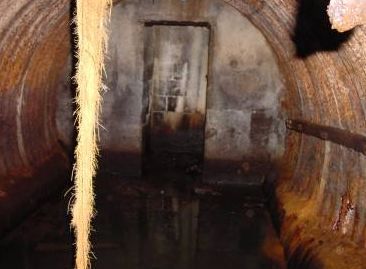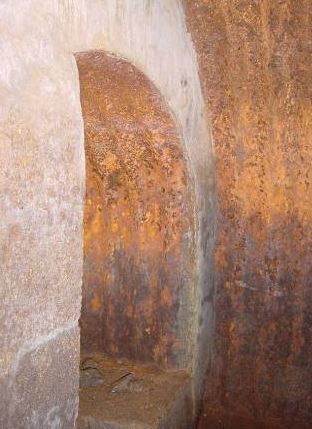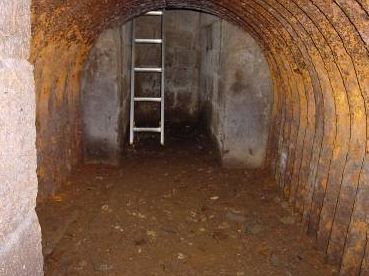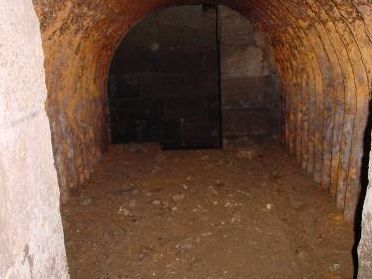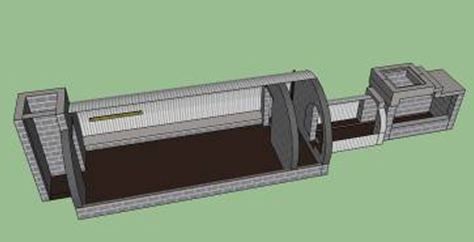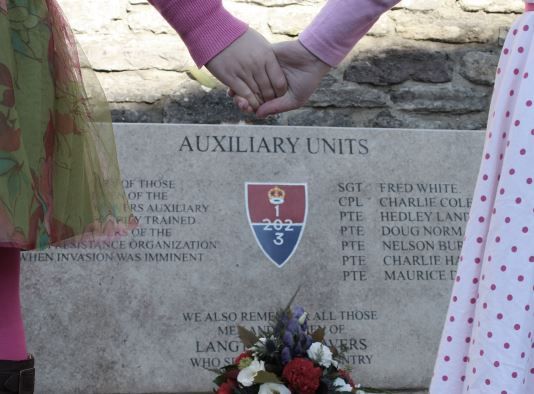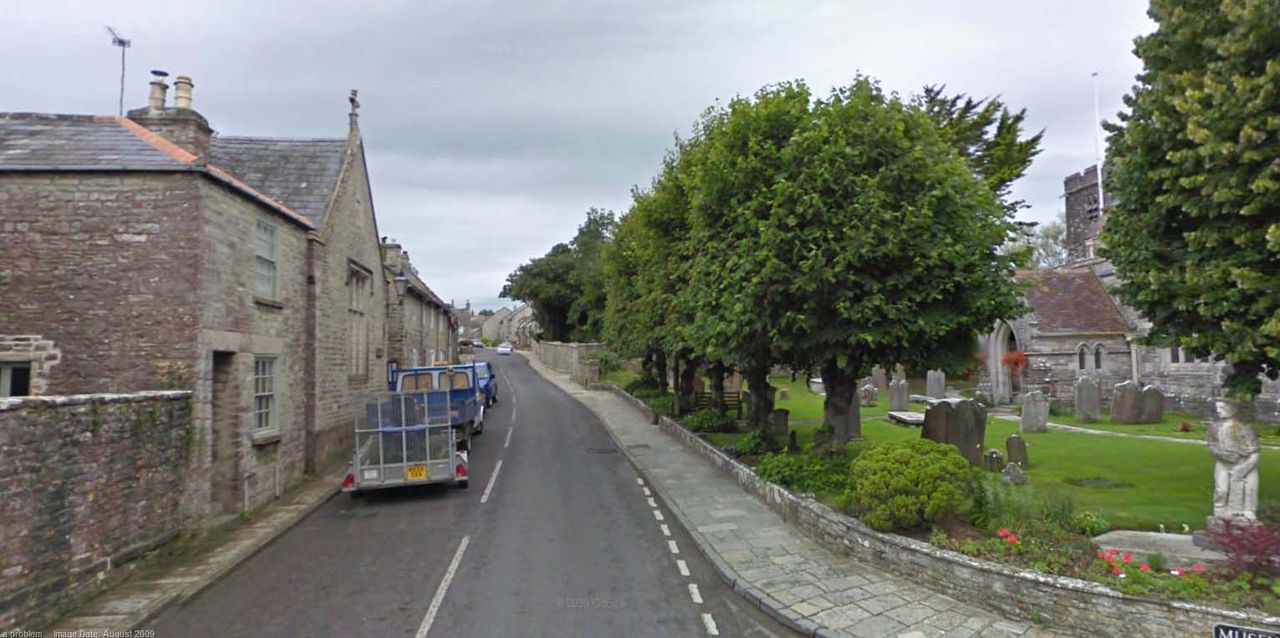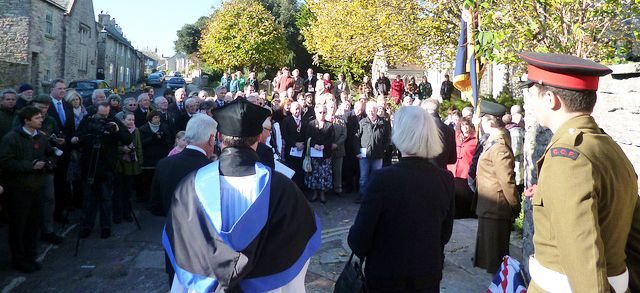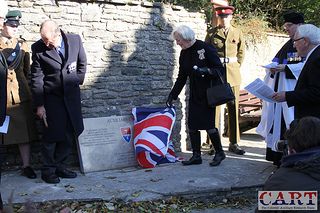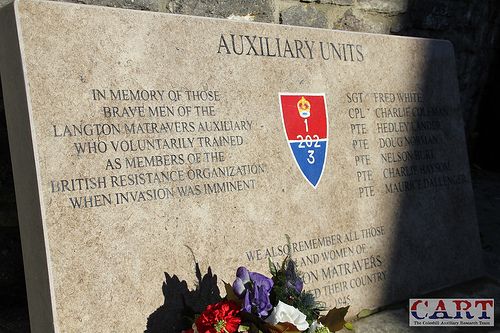Langton Matravers is a village in the Purbeck area of Dorset, 2 miles east of Swanage.
| Name | Occupation | Posted from | Until |
|---|---|---|---|
| Sergeant Frederick Pettifer White | Master Baker |
31 May 1940 | 20 Jan 1944 |
| Corporal Charles Smith Coleman | Navvy driver, Road Stone Quarryman |
20 Jun 1940 | 03 Dec 1944 |
| Private Nelson Henry Burt | Quarryman |
11 Nov 1942 | 03 Dec 1944 |
| Private Maurice Benjamin Dallenger | Shopkeeper. |
08 May 1943 | 03 Dec 1944 |
| Private Albert George Gillingham Harden | Stone Mason quarryman |
20 Jun 1940 | 03 Dec 1944 |
| Private Charles Edward Haysom | Baker cake maker |
11 Nov 1942 | 16 Nov 1942 |
| Private Hedley Victor Lander | Farmer |
08 Dec 1942 | 03 Dec 1944 |
| Private Douglas Norman | Stone Miner underground |
24 Jan 1941 | 03 Dec 1944 |
The Operational Base is located in woodland between Harman’s Cross and Langton Matravers on private land with no public access. The owner granted CART kind permission to take pictures etc.
It consists of a standard buried Elephant Shelter, though one end is walled off to create a separate chamber. Through this there is access to a smaller chamber, apparently constructed from an Anderson shelter, that leads from the main chamber to a vertical shaft. Another vertical shaft gives direct access to the main chamber.
The OB has been completely flooded for a number of years as the photos show. At times in the 1990s the OB dried out enough to enter and the owner has provided photographs taken at that time. He was also visited by the late Peter Weaver, then Lieutenant with the Dorset Regiment Scout Section who said that he thought there had been an escape tunnel which was cut into the ground and revetted and covered over. No trace of this remains.
Currently only one shaft is accessible, the other covered with material to prevent people accidentally falling into it.
The site was owned during the war by a man who was well known for not tolerating people on his property. He lived in the house with his two maiden sisters and he was an officer in the Home Guard. The OB was apparently built by Pioneers who came from Scotland. They entered the site through a neighbour’s garden and didn’t come up the drive, perhaps to conceal what was happening. They seem to have been successful as a local resident living just 50 yards away was unaware of the bunker until long after the war.
Langton Matravers Patrol
It is thought that these would have included the bridges on the road and railway in and out of Swanage. This railway is now the Swanage Valley Railway.
The Patrol launched practice attacks on RAF Warmwell airfield, breaking through the perimeter wire and also the Telecommunications Research Establishment at Worth Matravers. They prised apart the railings with a car jack and got in, closing the gap with a Spanish windlass after they escaped, so nobody would know how they got in. They also broke into the Cordite Factory at Holton Heath, laying a message on a desk to show they had been there. The troops guarding these installations were all carrying live ammunition in their guns.
The Patrol were all issued with .32 Smith and Wesson revolvers. It is thought that these were ex-New York Police issue.
They also had Tommy Guns, though these were later replaced with Sten guns. Peter White, son of the Patrol Leader, recalls that these were not the early type with a foregrip and drum magazine, but a later version with a stick magazine and no foregrip.
The Patrol also had a .22 Winchester sniper rifle, fitted with a silencer and telescopic sights. This was used for rabbit shooting more than anything else! Peter White once picked it up at home and accidentally fired it, just missing his brother’s head with the bullet which lodged in the stairs. The Patrol did not have ordinary rifles at all.
The men all had Fairbairn Sykes commando daggers.
They were issued with the usual selection of explosives equipment. They had plastic explosive before the regulars had it and also Ammonal. The explosives were delivered to Fred White’s house by lorry in the middle of the night. There were so many Army lorries in the area that this was not unusual. Peter White remembers that a Sgt Bridges from the Grenadier Guards visited several times to deliver equipment and also returned in 1944 when his regiment returned from North Africa.
The Patrol used to practice in an old quarry, Crack Lane Quarry, which had shut down just before the war having gone bankrupt. They practiced cutting RSJ's with explosive charges and blowing open the storage tanks with chains of charges. The area was subsequently used as an assault course by the military, though not before some trouble resulted from having damaged the equipment. Though the number of quarrymen might suggest that they were familiar with explosives, the type of stone quarrying practised in the Purbecks made no use of these and was almost entirely manual.
What remained of the demolition equipment was disposed of by Peter White in the 1980s during a Police amnesty. All that survived was a single capsule of the liquid from a time pencil, found in the floodwater at the bottom of the OB, the rest of the time pencil having corroded away.
The Patrol was formed in late 1940 or early 1941, based on early deliveries of supplies being made by the Grenadier Guards who left in June 1941.
About 6 months after his father died, Martyn Dallenger had a knock at the door from Fred Simpson, Sergeant of the Creech Patrol. He wanted to speak to Maurice, and told Martyn of his involvement in Auxiliary Units. He had never heard anything of this from his father who had kept the secret to his grave. In retrospect he remembers that he wore an Aux Units stand down badge (see below) on the back side of his jacket lapel, such that it could only be seen by turning the lapel forwards.
Peter White still has his father’s stand down badge
After the war, Douglas Norman worked in London helping with reconstruction work. He was selected to help repair the House of Parliament, due to his stone working skills.
A Memorial stone has been erected in Langton Matravers to remember these men and all who served during the war. CART helped with a display about Auxiliary Units in the village hall at the formal unveiling on 27 Oct 2012. Articles can been seen here and here. A video of the Memorial unveiling can be seen here:
WO files 199/3390, 199/3391
Langton Matravers during the Second World war by Reg Saville (local history society publication)
Personal information from Mr Peter White, son of Fred White, Mr Martyn Dallenger, son of Maurice Dallenger, Mr Andrew Norman, grandnephew of Mr Douglas Norman, Mrs Sue Wilson, great-granddaughter of Hedley Lander.
https://www.langtonia.org/the-second-world-war-era.html
